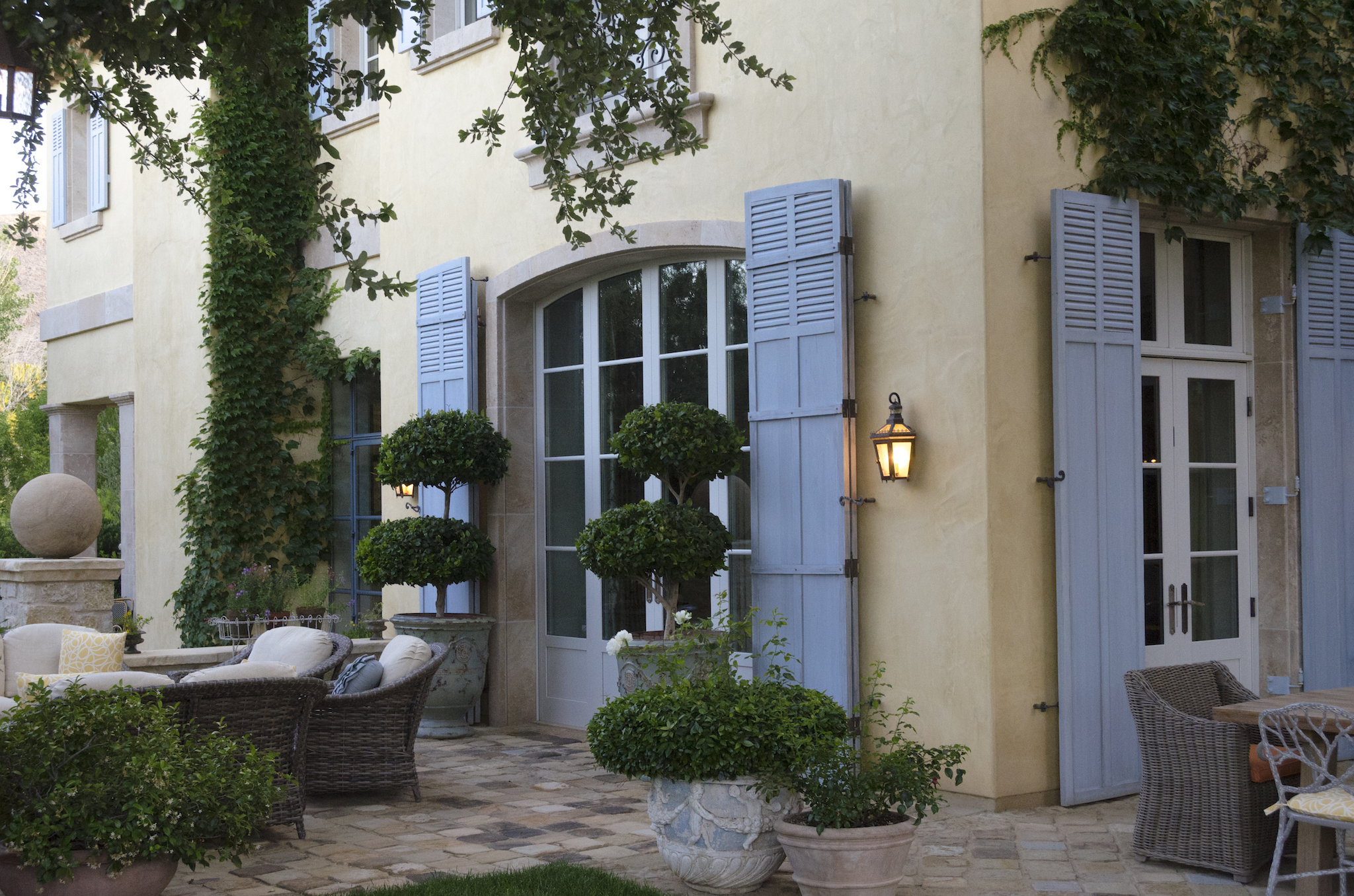Building Success 101
Q: What is “slump”?
A: In concrete circles, a “slump” refers to the consistency or degree of wetness of freshly mixed concrete, and therefore its workability and eventual strength properties. Building codes and standards may require a specific slump mix or acceptable range of slump to ensure the concrete’s structural integrity when poured.
It’s easy to take concrete for granted. Most of us think of concrete as something stable, enduring, and strong. We believe that once concrete is set as a foundation slab, patio, driveway, or path, it’s there to stay.
While it’s true that concrete is arguably one of the most stable building materials available, it nevertheless requires special care to perform as expected, maintain its structural integrity and retain its aesthetic appeal.
This level of care and attention to detail starts with the proper mix of sand, cement, and water. For a given application, such as a foundation wall or slab, ratios are specified by a structural engineer. The mix varies based on soil conditions, climate, building codes, and other factors, and is essential to ensure the concrete will perform as designed and desired.
To strengthen the concrete to withstand a variety of forces, it will likely have to be reinforced with steel. For foundation footings and concrete walls, contractors rely on reinforcing steel bars (or rebar) to bolster the concrete against shifts in the soil or seismic activity. For a driveway, patio, or path, a mesh of lighter-gauge steel placed within the concrete pour is adequate to provide additional strength and stability.
As the mix is being poured into forms or across a slab, air pockets must be removed to eliminate any voids that would result in weak spots within the concrete. In fact, wet concrete may have as much as 20% of its volume made up of trapped air, usually around rebar or at form junctions.
To eliminate these pockets in walls and footings, a concrete contractor will insert a vibrating rod into the wet concrete and slowly draw it out to let the concrete fill in its wake. For slabs and other flat concrete pours, a smaller vibrator or a tamp will do the trick.
It is also important to smooth the surface of the concrete, especially if it is to be left exposed to the elements. Contractors use a variety of trowels and long-handled screeds, darbies, and floats that progressively smooth the surface so that it not only looks good, but helps shed water and debris, makes it easier to sweep, and is generally more durable.
As the smoothing process progresses and the concrete begins to harden (or “set up”), the contractor will also cut shallow, V-shaped control joints at strategic locations within the slab. These joints serve to “attract” and collect the inevitable surface cracks that will occur as the concrete cures or dries to its final, hardened state. Such cracks are non-structural, but unsightly. With the use of control joints, surface cracks occur along the joints, reducing their visual impact.
Once the control joints are cut and the surface smoothed or textured to its desired state (perhaps with a pattern for added aesthetic value), it’s simply a matter of time — usually within 48 hours — before the concrete cures and is strong enough for the home’s structural frame, vehicle traffic, or a summer barbecue.
Warm Regards,
Steve Jones & Bart Jones
Merlin Custom Home Builders
6408 S. Arville Street
Las Vegas, NV 89118
702.257.8102 – Phone



